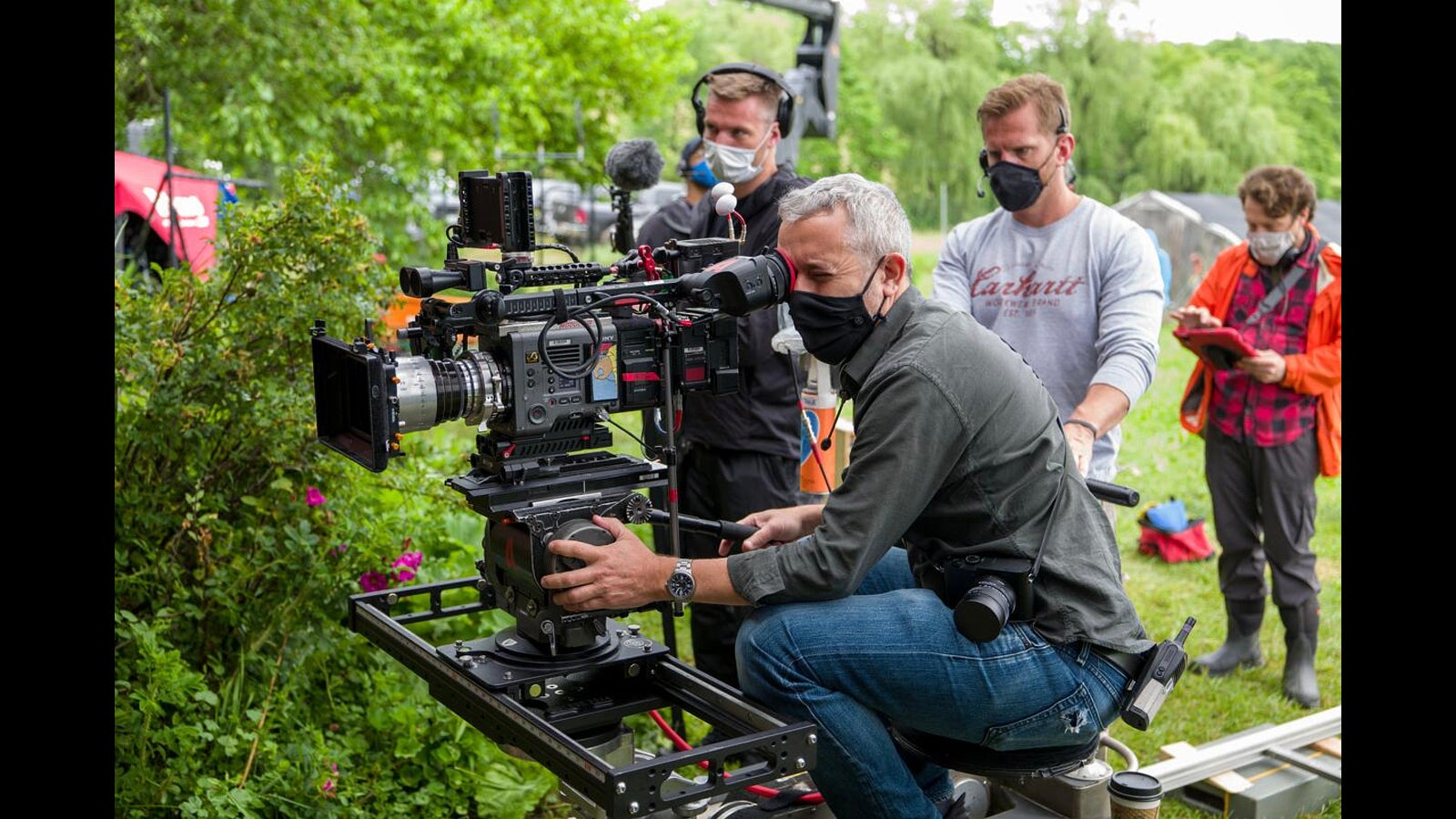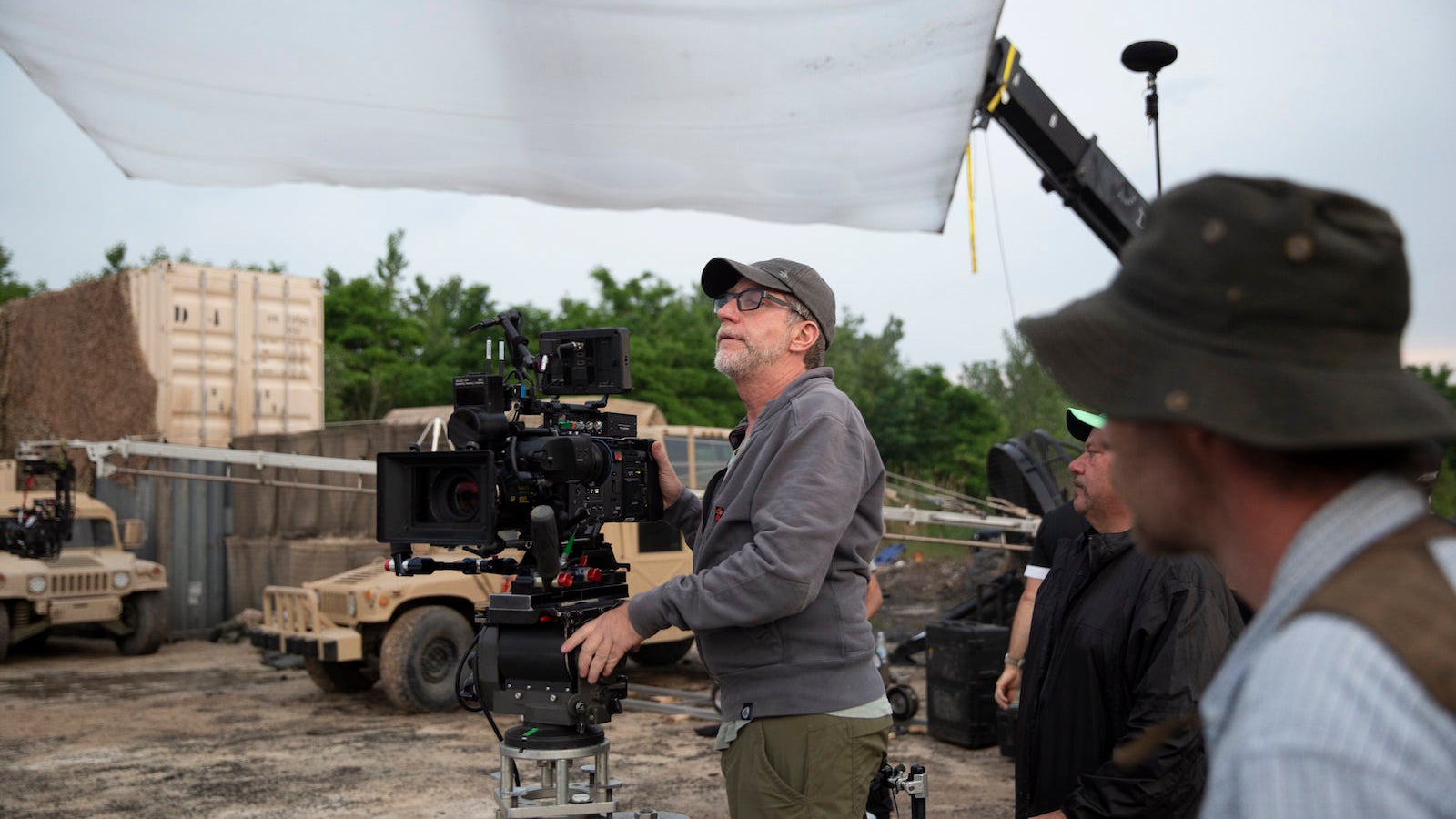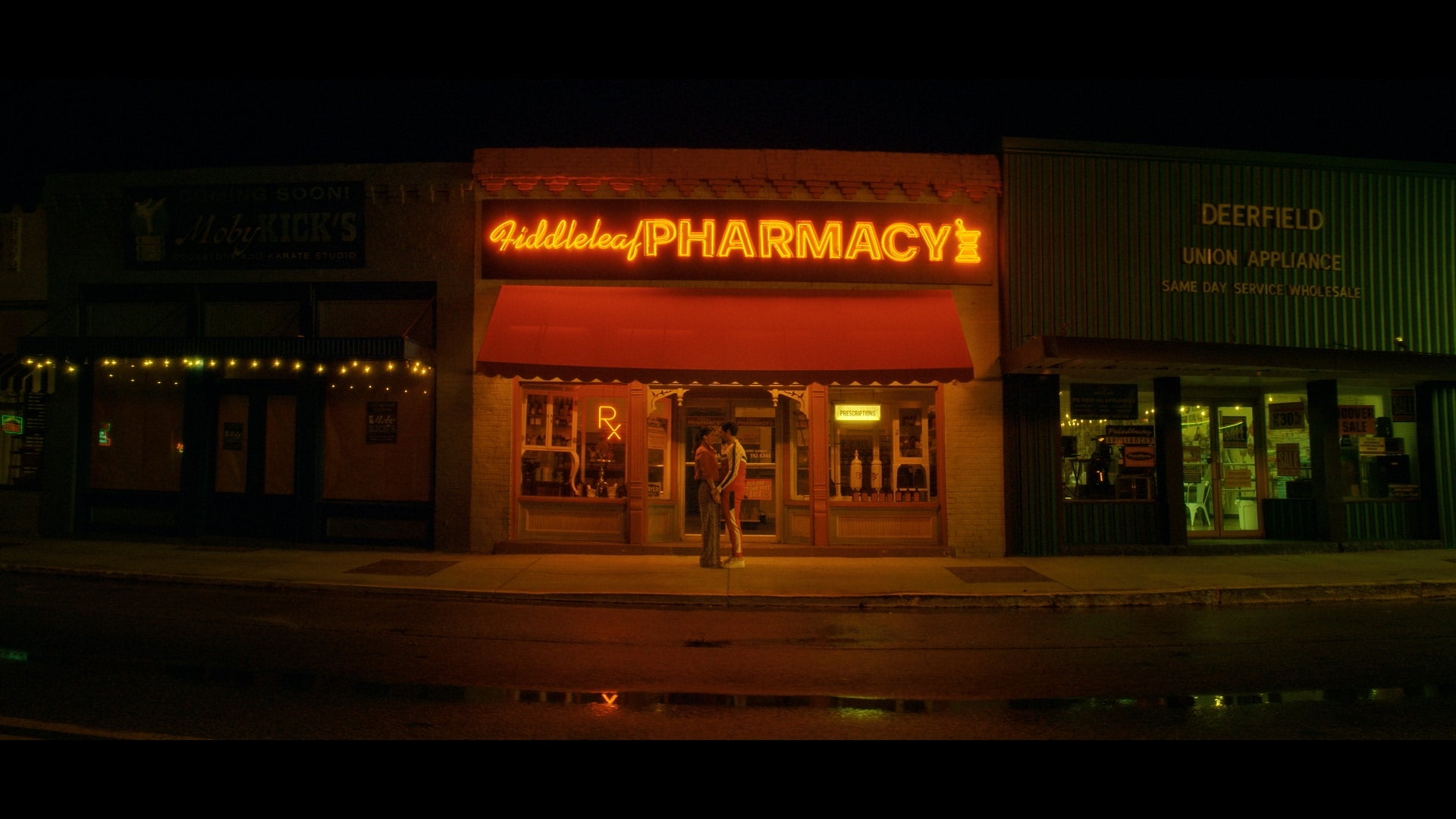
08-22-2024 - Case Study
How DP Bella Gonzales Uses the Sony VENICE to Set Her Crew up for Success
By: Yaroslav Altunin
To borrow a line from a Christopher Nolan Batman movie, Bella Gonzales is a cinematographer who was born into it—molded by it. Following in her father's footsteps, the cinematographer quickly realized that she was meant for nothing else, if not for being behind a camera.
After cutting her teeth as an operator on shows such as SEAL Team and Fargo, Gonzales went on to shoot for the likes of director Steve Pink before landing two shows that would slowly define her: The Big Door Prize and Me for Apple TV+.
Both series, shot on the Sony VENICE, not only fit different genres but also focus on two vastly different demographics. We asked Gonzales about her experience shooting each project and discovered how her tools opened more opportunities for creativity and collaboration.
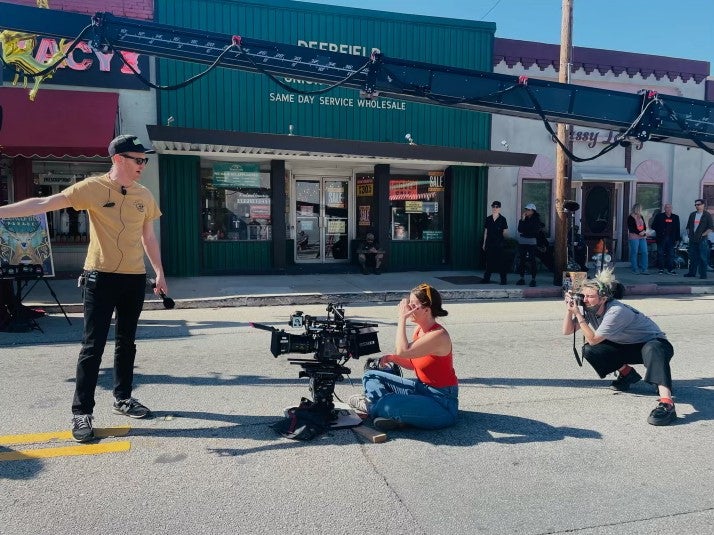
Capturing An Apple TV+ Kids & Family Show
Me is a new Kids & Family series for Apple TV+ that blends the superhero genre with a coming-of-age story, set in a newly blended family. While most productions usually have two or more cinematographers covering a series, Me was shot entirely by Gonzales. While not uncommon, the workflow for these types of shows requires a crew that moves fast and efficiently; and the camera plays a vital role.
Me wanted to be a stylized superhero series with big set-piece moments and Gonzales' challenge was getting that done on a Kids & Family budget.
"Our visual references were Gregory Crewdson, and these images are very evocative just in the image itself," Gonzales shared. "Which was going to be really important for me because it was very much a visual show compared to The Big Door Prize."
Crewdson was a photographer who captured psychologically charged scenes of staged suburban American landscapes and interiors—imagery dense with subtext and visual depth. Bringing this type of energy to Me required the same type of density.
"It was really (about) how much storytelling can we inject in a scene, whether that's one shot, three shots, ten shots," Gonzales continued. "How much can we inject and tell in each frame that we're intentionally putting on the screen."
In some instances, having the same DP and director for the entire run of the show can make the workload feel daunting. However, Gonzales and series director Michael Dowse made that their superpower instead.
"It was pretty amazing in the sense that there is no other team," Gonzales explained. "Our camera team, me, and Michael, our Grip/Electric, everybody that was on the show did every frame of the TV show."
That deep level of responsibility spurned on an equal amount of intentionality. Moving the camera became more than just an opportunity for coverage; it had to tell the story.
"Having to be proud of everything is a very big thing when it's just one team," Gonzales said. "But then a lot of that meant moving the camera."
That further spurned the question “How do we move the camera to tell the story?"
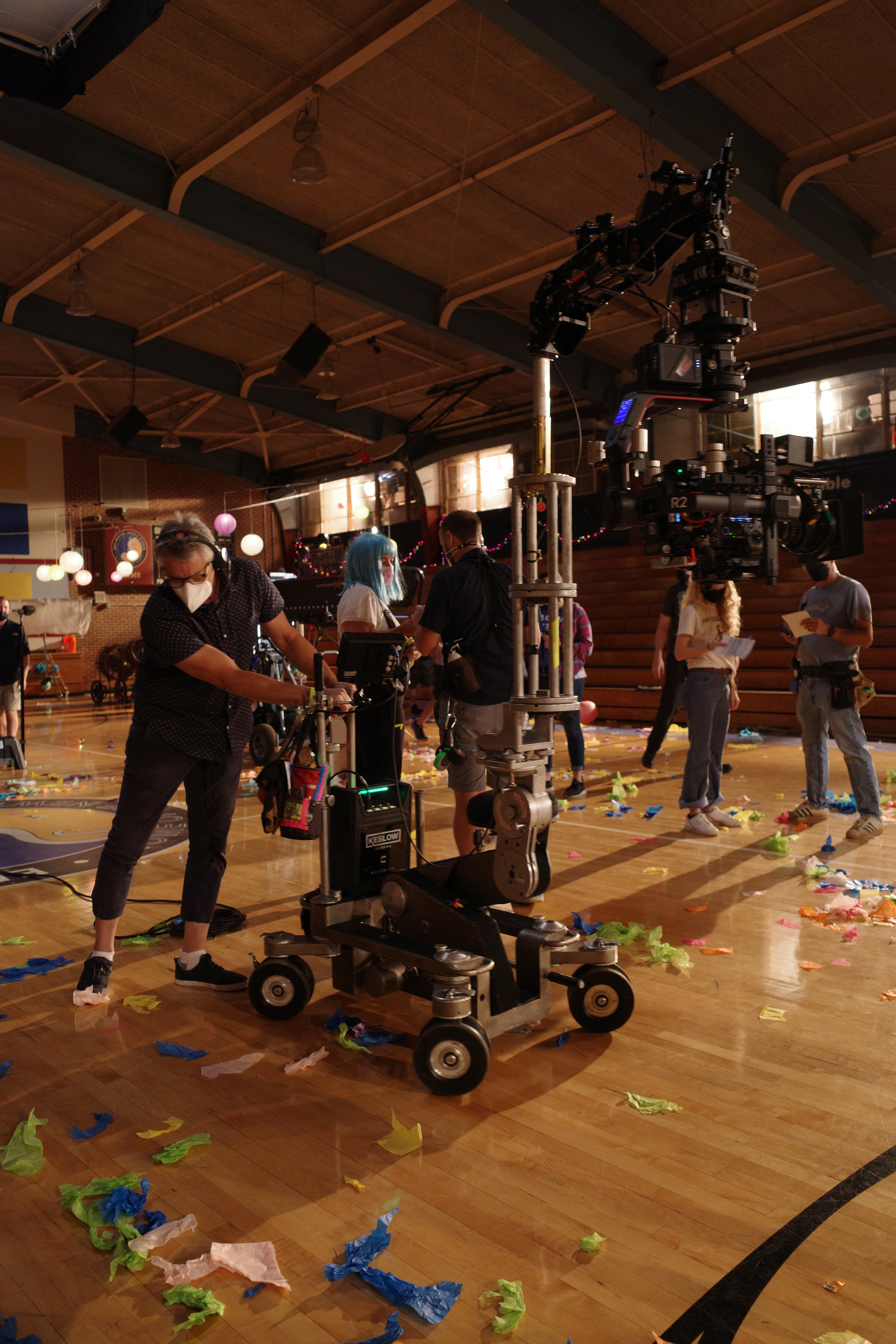
"Where I come from, cinematography-wise," Gonzales explained. "Every decision I make with a director is always based on how the character is feeling at that moment in that scene. And how can we intrinsically link the camera to feel the same way."
Making these types of decisions always happens via conversation with the director. On bigger shows that often swap directors and cinematographers, it can be a challenge to maintain a cohesive visual language. On the set of Me, the challenge was all about planning.
"Because you're doing all ten episodes and it's the same creatives, sometimes you'd find yourself at the same set over and over and over," Gonzales said. "There's this dining room in Me that we must have done 35 scenes at."
"So, at the very beginning of the process during prep, me and Michael sat down, and we went through every scene, and we talked about every scene and what the intention was, where people were, and then how that could be shown through imagery."
Preparation was key to the success of the story and to Gonzales' approach to each day. It was about ensuring she and her team had all the tools necessary to give the director a chance to capture every shot they wanted.
"I want to be ready when a director tells me, 'I want to do this shot,' I want to say, 'hell yes, we definitely can,'" Gonzales shared. "We have everything we need, or we can't do it that way, but we have these other tools in which we can make something happen."
"For me, that all starts at our camera, our weight, and our lenses."
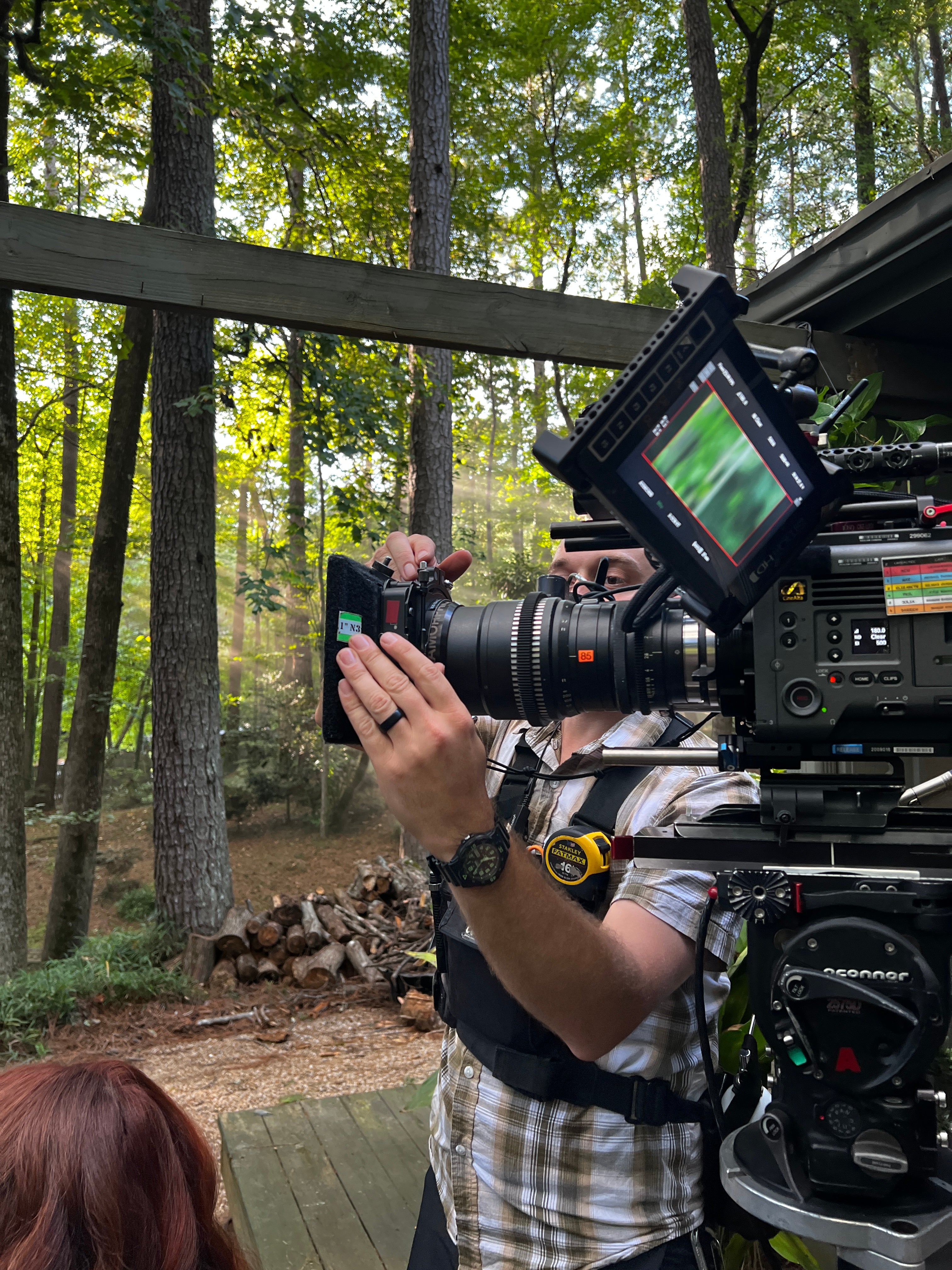
This need-to-be-ready-for-anything demands a lot from a toolset. Still, as Gonzales pushed the Sony VENICE, it just seemed to keep going, opening new opportunities for collaboration and creative compositions.
"I come from a camp where you need to be ready for anything," Gonzales said. "And what that means for me is we shoot a lot of high speed."
"When you have a show like (Me), that's so dependent on the visuals, and you want to be able to prolong a moment, or you have that feeling that this might be bigger than itself, I have to have that ability."
This is where the Sony VENICE's internal ND filters came in. Because they were so easy to set up and change throughout the day, they became a crucial step before each day of shooting.
"Every day I come in, and I start with ND in," Gonzales explained. "I start with the six. And whether I pull or add, it always starts from there. Because I want a director to look at me and say, "I want to be at 3,200 ISO' and say, 'Absolutely, we can do that.'"
That dual ISO also influenced how Gonzales lit a scene, as she used the Exposure Index to experiment with texture, ambiance, and camera placement.
"If I show up in a room where there's absolutely no ambiance, and I can light all the ambiance in there, maybe it benefits me to start at 3,200 EI," Gonzales said. "Then I'm only bringing in a few things. Then I can move the camera more."
"I think (the VENICE) has so many tools that add to the creative process in a way where when you start thinking about it as your main tool, it starts to really affect the way that everything works in tandem." Gonzales continued. "Being able to put it on steady-cam, being able to go from steady-cam to eCar, to Ronin, to handheld, to Dolly, to rickshaw, I mean, that's a workhorse for me."

Returning To Elevate the Prize
Before shooting Me, Gonzales was the alternate DP for Season 1 of The Big Door Prize, a comedic Apple TV+ series that explores the quiet town of Deerfield after a strange machine appears to reveal each person's life potential. With a more traditional production structure and a different cast composition, The Big Door Prize was a show that demanded more.
"The way we moved the camera was different, the lenses were different, the approach was different," Gonzales said. "And for Big Door Prize, (the VENICE) was a savior [in the] first season."
Season 1 of any series can have loads of unforeseen challenges. Even with extensive planning, creatives can never predict how a new show will fare in production. For Gonzales and first-season DP Adam Silver, the challenge was dealing with an ensemble cast that needed to be in almost every scene. Add that to a short and fast shooting schedule, and even a seasoned DP will have their share of worries.
"It was a 14-person cast, and there were multiple scenes every episode where all 14 members would be in the room," Gonzales said. "You go into a pilot season, and you are rigging, but you're not knowing what's coming forward, and it's really difficult."
Lighting for each actor and capturing all the necessary coverage on a TV schedule felt like an impossibility, more so if the creatives wanted the show to look good. Much like in other projects Gonzales shot, the high ISO of the Sony VENICE came in to save the day.
"So 3,200 EI was our standard," Gonzales continued. "And I don't know how we could have done that show otherwise for that season."
But in Season 2, which came after shooting Me, the DP got the opportunity to take the lead. With it came a slightly better schedule, more time to light, and the chance to push the show forward with all that Gonzales learned.
"I had noticed during Me, which was right before Season 2 of Big Door Prize, the way that you could push the color separation with the VENICE was something I was really interested in," Gonzales said. "I decided that I wanted to use the tool in a different way for Season 2.
Even with more time and freedom, Gonzales pushed the boundaries of what the VENICE could do and what the creative team could achieve with the image. However, the VENICE was designed for color.
"Our goal for Season 2 of Big Door Prize was as much color separation as we could ever push into an image regardless of anything," Gonzales shared. "So, it started with tests, and working our way through and figuring out how much lighting had to be done to bring that in and how much is in the camera already."
"Every color space is so different, the way that you feed light into it, the way colors turn out, the amount of flexibility you have, how thick your (digital) negative is. These are all things that really mattered in that process." Gonzales continued. "And I don't know if I could have done it on a different camera system."
An example of this attempt to elevate with color separation came in Episode 2 of the second season. "It's just two people standing together in this store," Gonzales shared. "And I think it's a perfect example of color separation. It's natural, it's even, it doesn't feel like the image is getting pulled apart. It just all feels very well-formed, and you feel the large format element of it."
Yet beyond the unique usage of color and the ability to shoot an ensemble cast of 14 actors with limited lighting, one of the most interesting effects that the VENICE had on the production of Season 2 of The Big Door Prize is how it altered set design. During the first season, the Morpho machine, which is the centerpiece of the show, was created in two pieces so the production could fit a camera team on each side. With the VENICE Camera Extension System, the camera size suddenly wasn't an issue anymore.
"I realized that I could build into a Rialto and get a camera in a place that's right next to a wall or in the corner," Gonzales explained. "Then I realized that we're wasting time by switching our set."
"All of a sudden, you're saving hours in your day.”
Using the VENICE in this setup also allowed Gonzales to put the actor inside the Machine.
"There's something about putting the actor in the actual Morpho and letting them experience it." Gonzales continued. "Anytime that they can be immersed in a situation, of course, they would love to."

A Tool for The DP, A Tool for The Crew
With two seasons of The Big Door Prize and a full season of Me under her belt, Gonzales explains a realization that's defined her career thus far. Having started on set so early in life, she has an appreciation for every crew member she works with—an appreciation that begins with the tools she uses.
"It's not only about me, it's also about my assistants," Gonzales shared. "I'm a crew-oriented DP. It's why I love the job."
"I love coming in every day and making something with all of these people. I could not do it by myself." Gonzales continued. "I might screw them a little bit over with some wide-open K35 lenses that will never be right and will never match their marks, but I like to give them a user-friendly camera that allows them to be set up for success."
